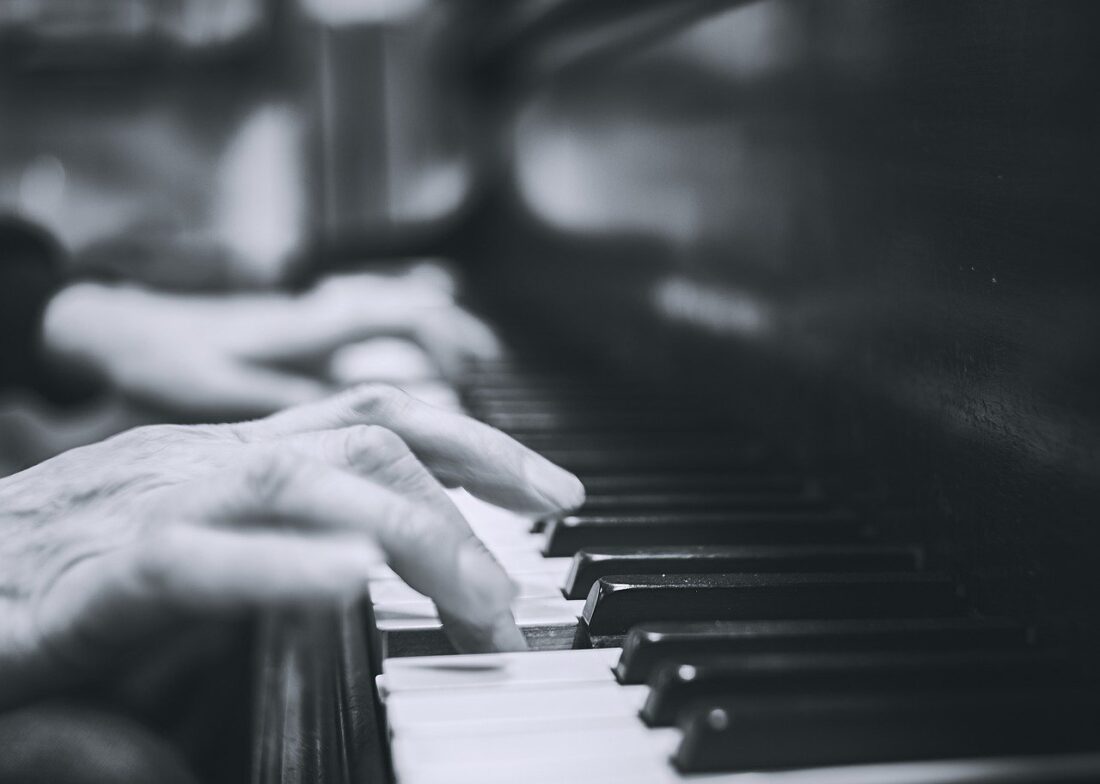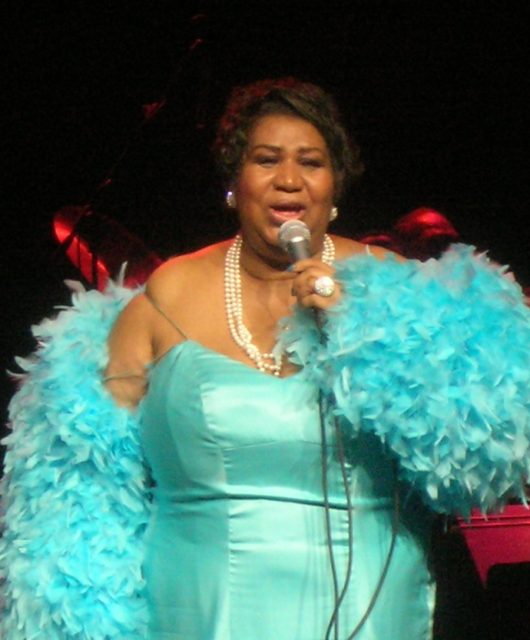Jazz Piano Fundamentals: 4 Easy Steps To Mastering Jazz Piano
 Jazz piano is a unique and challenging style of playing that can be difficult to learn without proper instruction. Nevertheless, jazz piano fans like Kavan Choksi and others worldwide love this style of play, and many people want to master it. This article will outline four easy steps to help you get started on your journey to mastering jazz piano.
Jazz piano is a unique and challenging style of playing that can be difficult to learn without proper instruction. Nevertheless, jazz piano fans like Kavan Choksi and others worldwide love this style of play, and many people want to master it. This article will outline four easy steps to help you get started on your journey to mastering jazz piano.
The Basics
- Learn the basic chords. To play jazz piano, you need first to learn the basic chords. There are many different chords, and each has its unique sound.
- Practice improvisation. Improvisation is a key component of jazz piano, and the more you practice, the better you will become. There are many different ways to improvise, so experiment until you find a style that works for you.
- Learn about jazz theory. Jazz theory is a complex topic, but it is essential to understanding jazz piano. Many different books and online resources can help you learn jazz theory.
- Listen to as much jazz as you can. Listening to great jazz pianists will give you a better understanding of playing jazz piano.
- Practice, practice, practice. The only way to improve your jazz piano skills is to practice regularly.
Chords
To play jazz piano, you need first to learn the basic chords. There are many different chords, and each has its unique sound. The most basic chords are the triads. A triad is made up of three notes, and the most common type of triad is the major triad. The three notes in a major triad are the root, the third, and the fifth. Here is an example of a major triad:
C-E-G
There are also minor triads, which are made up of three notes, but the third is a minor third instead of a major third.
Then there are diminished triads, which are made up of three notes, but the third is a diminished third instead of a major or minor third. Here is an example of a diminished triad:
E-G-B
There are also augmented triads, which are three notes, but the third is an augmented third instead of a major, minor, or diminished third. Here is an example of an augmented triad:
C-E-G#
Finally, there are seventh chords, which are four notes. There are four types of seventh chords: major seventh chords, minor seventh chords, dominant seventh chords, and half-diminished seventh chords.
Scales
Now that we know about chords, it’s time to learn about scales. A scale is a series of notes played in a certain order. There are many different scales, but the most common scales are the major and minor scales.
The major scale consists of seven notes, and the minor scale consists of six notes. Here is an example of the C major scale:
C-D-E-F-G-A-B
Here is an example of the A minor scale:
A-B-C-D-E-F-G
The most basic way to play a scale is up and down one octave. An octave is a distance of eight notes. Here is an example of the C major scale played up and down one octave:
C-D-E-F-G-A-B-C-D-E-F-G
When you play a scale, you usually start on the root note and play each in order. However, you can also play a scale in reverse order. Here is an example of the C major scale played in reverse order:
C-B-A-G-F-E-D-C
Arpeggios
An arpeggio is a chord that is played one note at a time. When you play an arpeggio, you start on the root note and play each note of the chord in order. Here is an example of a C major arpeggio:
C-E-G
Here is an example of an A minor arpeggio:
A-C-E









